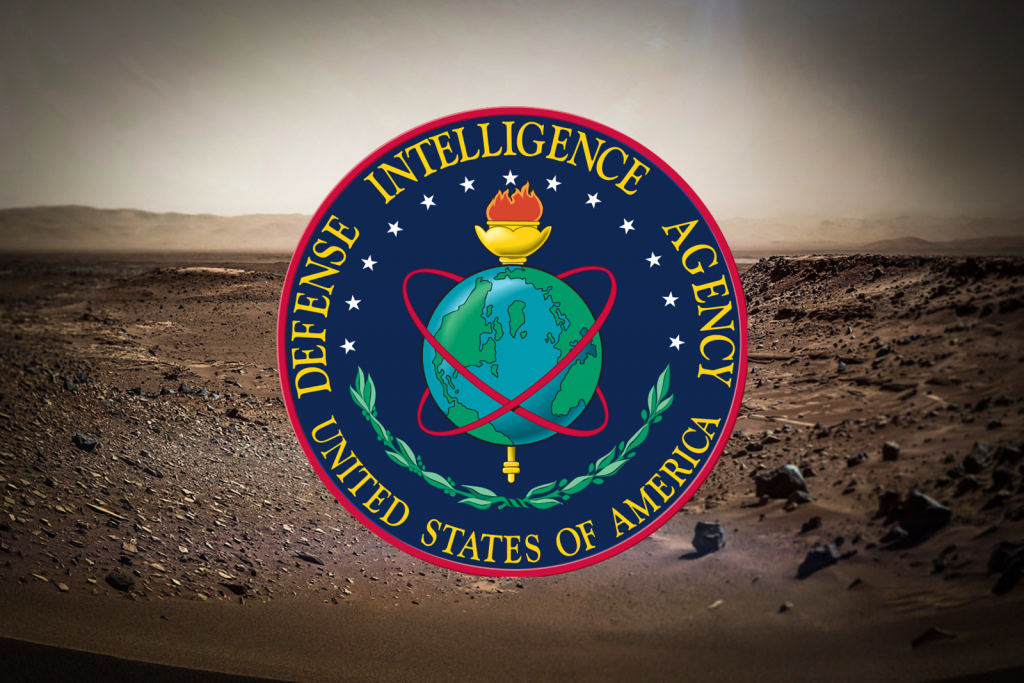DIA Announces Breakthrough in AI-focused MARS Project
The US Defense Intelligence Agency (DIA) announced on 5 April, that another major milestone for the development of the Machine-assisted Analytic Rapid-repository System (MARS) has just been met. The aim of the program is to create an AI-system capable of going through and organizing big data so that the military and its leaders may be presented with a clear, comprehensive, up-to-date and accurate picture of the enemy’s activities; higher quality information reaches warfighters faster. The main goal is to achieve ‘decision advantage’.
A statement from DIA explained:
“Mastery of big data can provide leaders with a better understanding of threats – shedding light on how the United States could counteract adversaries’ plans and weapons systems, for example. For analysts and planners, it means being able to leverage a virtual model of the real world that’s so thorough it cuts across all domains, significantly increasing the warfighter’s ability to mitigate risks and defeat adversaries. On the whole, it enables decision advantage.”

On 31 March, the program released its second minimum viable product (MVP). According to the DIA, this prototype “depicts foreign military unit hierarchy in the context of units’ geographic location, along with the equipment assigned to them.”. The DIA stated it is committed to providing incremental innovation through MARS so that over time, warfighters and national leaders will be met with more dependable, comprehensive and up-to-date information. The evolving product will eventually be capable of doing much more than the most recent MVP:
“DIA’s innovative Machine-assisted Analytic Rapid-repository System, will transform the existing system housing foundational military intelligence into a dynamic, cloud-based system that pairs humans with machines to automate routine processes and enable the artificial intelligence and machine learning needed to make sense of big data and create analytic bandwidth.”
The Defense Intelligence Agency is one of the four civilian intelligence agencies embedded in the Department of Defense alongside the National Security Agency (NSA), National Geospatial Intelligence Agency (NGA) and National Reconnaissance Office (NRO). At first glance, the agency may be considered similar to the CIA as its activities span technology development, intelligence collection (including clandestine operations overseas) and intelligence analysis. However, the agency is focused on defense issues and in addition to informing top civilian leaders has a responsibility to provide information for the Defense Department. By contrast, the CIA’s interests are broader and its “clients” are primarily the President and his cabinet.

